On this page
As well as species conservation, we also take care of the fourth largest marine territory in the world. Marine conservation is important and while whaling was once a significant industry in New Zealand, today our focus is on protecting these great marine mammals.
At the same time, our economy is largely dependent on introduced species (eg, dairy, apples, pine trees) and we rely on other foreign genetic resources such as insects and fungi to manage introduced pest populations.
Striking a balance between our conservation, economic and cultural needs domestically and on the world stage is challenging. MFAT represents New Zealand in global talks, alongside other agencies like the Department of Conservation (DOC), the Ministry for Primary Industries (MPI) and the Ministry of Māori Development Te Puni Kōkiri.
The Kunming-Montreal Global Biodiversity Framework and COP15
Aotearoa New Zealand joined nearly 200 parties in adopting the Kunming-Montreal Global Biodiversity Framework(external link) on 19 December 2022, at the COP15 meeting. This framework, agreed by parties to the Convention on Biological Diversity, commits countries to the ‘30x30’ initiative to protect 30% of land and ocean globally by 2030.
Countries are working together through the Convention on Biological Diversity(external link) (CBD). Aotearoa New Zealand is one of 196 parties to this Convention and has been a member since December 1993.
After four years of negotiations, the Framework is a turning point for nature, and recognises the essential contribution of Māori and other indigenous peoples as kaitiaki, to the sustainable management and conservation of nature.
The deal includes targets to restore damaged ecosystems, tackle overexploitation of wild species, eliminate or reform $500 billion of environmentally damaging subsidies, and halt pollution that damages ecosystems.
Importantly, the framework also reflects an understanding that climate change and biodiversity loss are inextricably linked and must be addressed together.
In Aotearoa, our commitments will be implemented through Te Mana o te Taiao, our national biodiversity strategy, wherever possible.
Find out more about Te Mana o te Taiao. Te Mana o te Taiao – The Aotearoa New Zealand Biodiversity Strategy (doc.govt.nz)(external link)
The Convention considers all living things from three perspectives:
- preserving and conserving species
- using biodiversity in sustainable ways
- sharing the benefits of genetic resources.
The CBD is governed by a Conference of Parties which meets every two years. All members of the Convention are invited to send representatives who discuss and decide on the objectives, priorities and work of the CBD. Details of past and upcoming meetings, as well as agendas and related documents for those meetings, can be found on the Conference of the Parties(external link) section of the CBD website.
There are also a number of technical groups that meet to provide advice to the Conference of Parties, including: the Subsidiary Body on Implementation; the Subsidiary Body on Scientific, Technical and Technological Advice; and the Working Group on Article 8(j).
Information on each group, when it meets and what it discusses can be found on the relevant parts of the CBD website:
Find out more about the Subsidiary Body on Implementation(external link)
Find out more about the Working Group on Article 8(j)(external link)
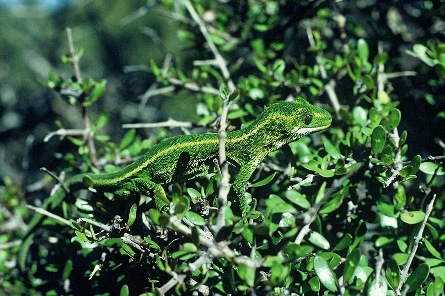
New Zealand and the Convention on Biological Diversity
The work done by New Zealand in relation to the convention is listed on the New Zealand page(external link) of the CBD website. This includes information on our National Biodiversity Strategy and Action Plan, actions taken to achieve the 2020 Aichi Biodiversity Targets, and other biodiversity activities under way in New Zealand.
If you wish to provide views on New Zealand’s work in the CBD, please contact the New Zealand National Focal Point in the Ministry of Foreign Affairs and Trade: CBD@mfat.govt.nz
Global Assessment report on Biodiversity and Ecosystem Services
Released by the Intergovernmental Science-Policy Platform on Biodiversity and Ecosystem Services (IPBES) on 6 May 2019, this report is based on a review of approximately 15,000 scientific and government sources and warns that nature is declining globally at rates unprecedented in human history.
This landmark report assesses changes over the past five decades, providing a comprehensive picture of the relationship between economic development pathways and their impacts on nature. The report also examines future scenarios, including business as usual, as well as options involving more sustainable practices. However, in almost all cases, negative trends for nature will continue to 2050 and beyond.
Read the IPBES report: Global Assessment report on Biodiversity and Ecosystem Services – 6 May 2019(external link)
Supplementary Protocols to the CBD
The CBD has two additional agreements (also known as protocols): the Cartagena Protocol on Biosafety and the Nagoya Protocol on Access to Genetic Resources and the Fair and Equitable Sharing of Benefits Arising from their Utilization.
The Cartagena Protocol
As the global community's knowledge about the uses of living modified organisms (also known as genetically modified organisms) grows, so has the need for new procedures for identifying and managing risks, while preserving the opportunity to benefit from new biotechnologies.
The Cartagena Protocol on Biosafety aims to ensure the safe handling, transport and use of living modified organisms resulting from modern biotechnology that may have adverse effects on biodiversity. New Zealand became party to the Protocol in May 2005.
Find out more about the Cartagena Protocol on Biosafety(external link)
There is also a supplementary agreement to the Cartagena Protocol: the Nagoya – Kuala Lumpur Supplementary Protocol on Liability and Redress. This supplementary Protocol aims to provide international rules and procedures in the field of liability and redress in the event of damage resulting from living genetically modified organisms. The Protocol entered into force on 5 March 2018. New Zealand is not a party.
Find out more about the Nagoya - Kuala Lumpur Supplementary Protocol(external link)
The Nagoya Protocol
Genetic resources are the genetic material of plants, animals or micro-organisms that have value as a resource for us now, or potential value. New Zealand’s economy, particularly the agricultural, horticultural and forestry sectors, relies heavily on foreign genetic resources (e.g. dairy, kiwifruit, pine trees). We also use foreign genetic resources for pest control. For example, we introduce natural enemies (biocontrol agents) like insects and fungi to reduce pest populations among insects or for weed control.
At the same time, there’s growing interest domestically and internationally in New Zealand’s genetic resources. Researchers and scientists are particularly interested in our unique species like native plants (e.g. manuka for its antibacterial properties), micro-organisms such as bacteria that can withstand high temperatures, and certain types of algae that have industrial or pharmaceutical applications. In some cases, there’s also interest in matauranga Māori (Māori traditional knowledge).
The Nagoya Protocol sets out rules about access to genetic resources and associated traditional knowledge, and ensures the benefits of using genetic resources are shared fairly. There are implications for countries, organisations and individuals using foreign genetic resources in research and development.
New Zealand is yet to decide whether to become a party to the protocol, which came into force in 2014. Key issues that require consideration include how New Zealand regulates the discovery and subsequent use of genetic resources, and protects matauranga Māori.
Find out more about the Nagoya Protocol(external link)
Read New Zealand's Biodiversity Strategy(external link)
Marine biodiversity beyond national jurisdiction – the BBNJ treaty
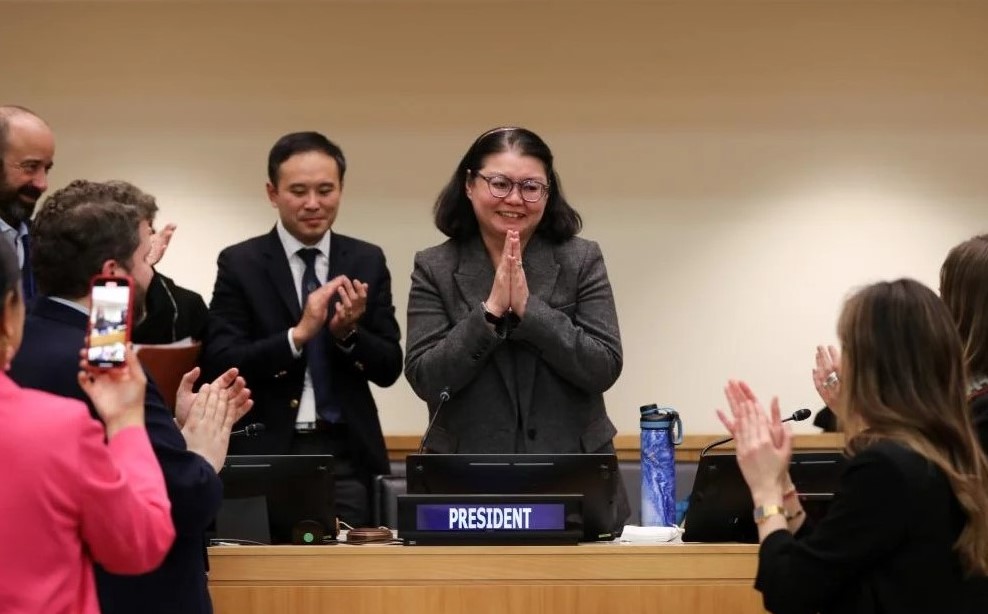
On March 4, 2023, and after nearly two decades of negotiations, UN member states, including Aotearoa New Zealand, reached the successful conclusion of negotiations(external link) for a new global treaty on conservation and sustainable use of marine biological diversity of areas beyond national jurisdiction, commonly known as the high seas.
Agreement on the text of the treaty was reached by delegates from around the world after a marathon 36-hour final day of negotiations.
New Zealand signed the treaty in September 2023(external link).
New Zealand’s participation in negotiations
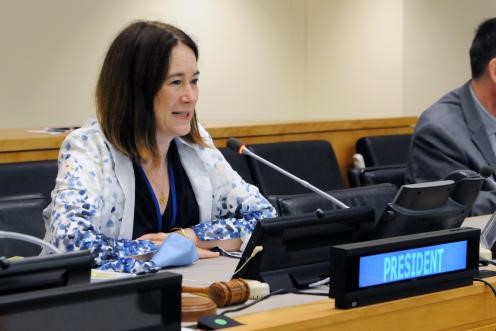
The New Zealand negotiating team was led by the Ministry of Foreign Affairs and Trade, with cross-agency participation from the Department of Conservation, the Ministry for Primary Industries, and the Ministry for the Environment. It has also, at various points over the years, included observers from Victoria University of Wellington, and the Environment and Conservation Organisations of New Zealand, as well as Māori representatives, including from Te Ohu Kaimoana.
New Zealand played a significant role throughout negotiations in achieving a high-quality treaty capable of achieving its environmental goals. New Zealand chaired the negotiations of the implementation, compliance and dispute settlement chapters, and the chapter on area-based management tools at an earlier stage in the negotiations.
The rules for marine protected areas were a particular priority for New Zealand. The New Zealand team worked to ensure that the final treaty text allowed for the establishment of an interconnected network of marine protected areas that provide effective long-term protection for marine biodiversity in the high seas.
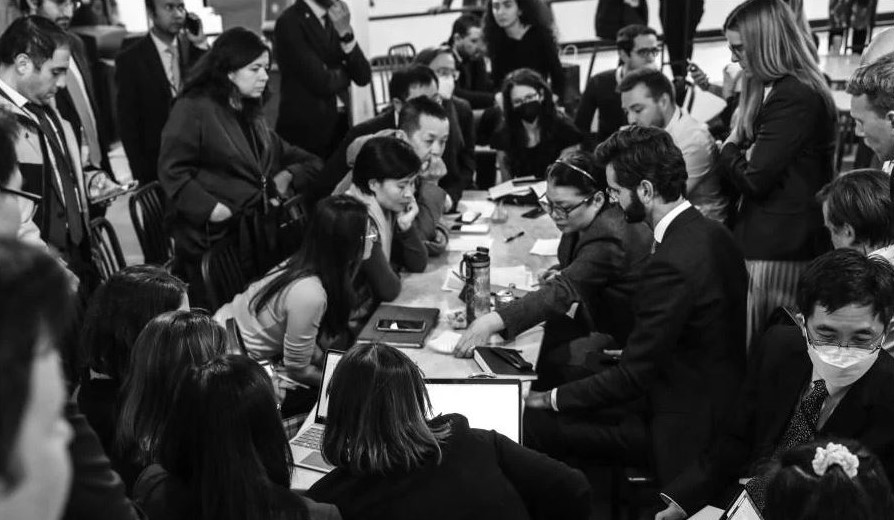
How will the BBNJ treaty protect biodiversity?
The BBNJ treaty aims to protect biodiversity in these areas in two main ways: by enabling the international community to establish marine protected areas, and by setting clear procedures and requirements for assessing the environmental impacts of activities.
The agreement also contains innovative provisions to share the benefits of marine genetic resources from the high seas and to build capacity for developing countries to implement the objectives of the agreement.
The new treaty will sit under the framework of the United Nations Convention on the Law of the Sea (UNCLOS) and is intended to complement the wider existing oceans governance framework.
You can read the final text of the treaty(external link) and find out more about what the treaty covers, and next steps for New Zealand.
Other international treaties
Convention on the Conservation of Migratory Species of Wild Animals
This agreement, also known as the Bonn Convention, aims to preserve birds, marine and land based species that traverse national boundaries as part of their normal migration. New Zealand became party to the agreement in 1999.
We’re also one of 11 countries to have signed the Agreement on the Conservation of Albatrosses and Petrels, developed as a result of the Bonn Convention. Parties to the agreement are working to address the high number of these birds being drowned or injured after getting caught unintentionally by fishing boats.
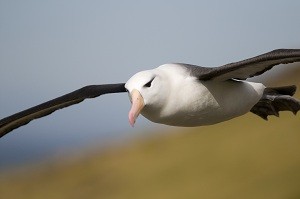
The Convention on International Trade in Endangered Species of Wild Fauna and Flora (CITES)
This international agreement protects endangered wild plants and animals from unregulated, unsustainable trade. Importing and exporting countries share responsibility. New Zealand joined CITES and introduced corresponding legislation, the Trade in Endangered Species Act, in 1989.
Find out more about CITES(external link)
The Convention on Wetlands
This convention, also known as the Ramsar Convention, recognises the significance of wetlands as among the world’s most productive environments, and essential to the supply of fresh water. The convention encourages international cooperation on the conservation of wetlands, and suggests how countries can take action.
New Zealand joined in 1976 and has six Ramsar sites: Whangamarino and the Kopuatai Peat Dome in the Waikato, the Firth of Thames, the mouth of the Manawatu River and its estuary, Farewell Spit in Golden Bay, and the Awarua Wetland in Invercargill.

